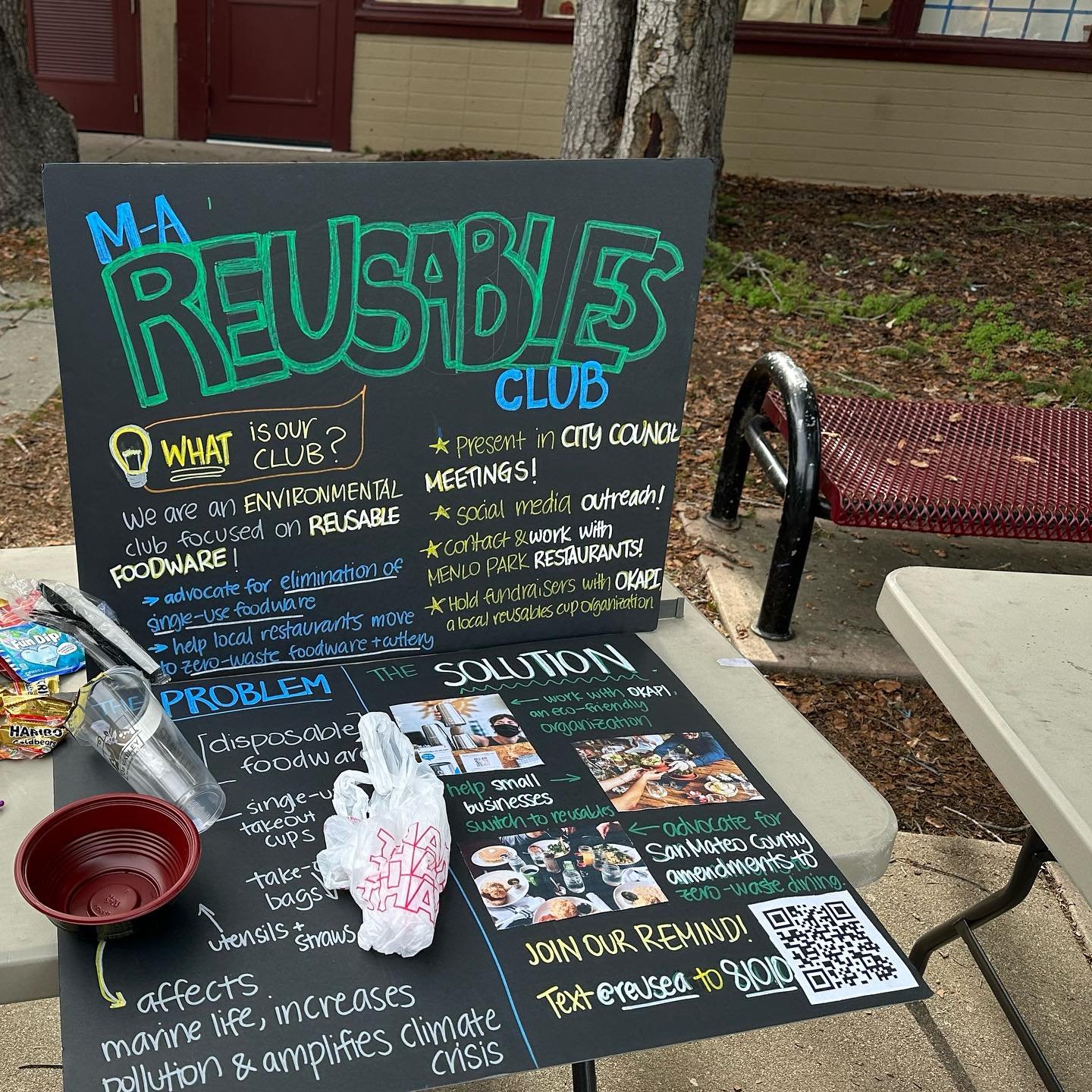Reuse in schools
Schools consume and dispose of billions of single-use foodware items annually and generate a lot of waste that is not easily recycled or composted. Reuse is the solution.
The USDA reports that 4.7 billion lunches are served annually in the National School Lunch Program.
Many schools still use single-use trays, bowls, plates, cups and plastic cutlery. Not only are these single-use foodware items harmful for the planet, but commonly-used single-use products in school food services have been found to be laced with toxic and carcinogenic perfluorinated compounds, commonly referred to as PFAS.
Sustainability is a goal for many schools around the country. But all too often they focus on diversion from landfills — through better recycling and composting — rather than eliminating unnecessary waste in the first place.
No matter if it is tossed, composted, or recycled, waste requires expensive sorting, hauling, and processing. And for the environment and your school budget, reuse beats single-use every time.
Let’s teach future generations to reuse instead of just recycle.
“We didn’t want to normalize the idea that it’s okay to just use a dish for 15 minutes and then toss it in the trash”
Going reusable will save your school money.
Whether your school’s food is prepared and served on-site; orepared off-site and delivered from a central commercial kitchen; or provided by contracted food management companies, or a combination of the above—there are cost-effective solutions to shift from single-use to reuse in cafeterias.
Reallocating your budget from maintaining a costly take-make-waste operation in campus food services to a circular system of reuse for dine-in and grab-and-go will build efficiency that:
reduces waste, carbon emissions and plastic pollution
cuts costs
enhances the dining experience
offers a service that your school community enjoys and takes pride in
“We found we were able to start saving money within the second year of reuse because we weren’t constantly putting out funds to purchase something that literally goes in the trash can. The project became less cumbersome to our finances than it would have been had we stayed with our single-use products within about 19 months of undergoing this change to reusables.”
Shifting from single-use to reuse provides learning opportunities.
It’s a great way to engage the entire campus community in an action research or community-service learning project. Learning about real world environmental issues and how we can solve them offers content for sustainability education to be integrated throughout the course curriculum. Student clubs and groups, parents, and teachers play a valuable role in developing, communicating, and participating in reusable foodware programs.
If you are interested in making the switch in your school community, check out the resources below as well as these groups and organizations:
Resource Library
-

The Conscious Cafeteria Report
Upstream & Ahimsa (2024)
-

School Case Study Roundup
A directory of school case studies, maintained by Upstream.
-

Ditching Disposables Toolkit
Center for Environmental Health (2024)
-

Reuse for Onsite Dining Library
Maintained by Upstream — contains several resources relevant to reuse in schools
-

How Schools Can Work with County Health Departments to Implement Non-Toxic Reuse
CEH & Upstream webinar (2025)
-

Infographic: Keeping loss rates low in school cafeterias
Upstream & ReThink Disposable (2025)
-

Reuse in Berkeley Schools
Chart-Reuse Case Study (2024)
-

Life Cycle Environmental & Cost Analysis of Disposable vs Reusable Ware in School Cafeterias
School Nutrition Foundation (2009)

















EPISODE 179: Featuring Natasha Wayne of Reaching All Minds Academy and Matthew Luisier of r.World — stories of two people helping manage the shift to a reuse economy in very different ways.